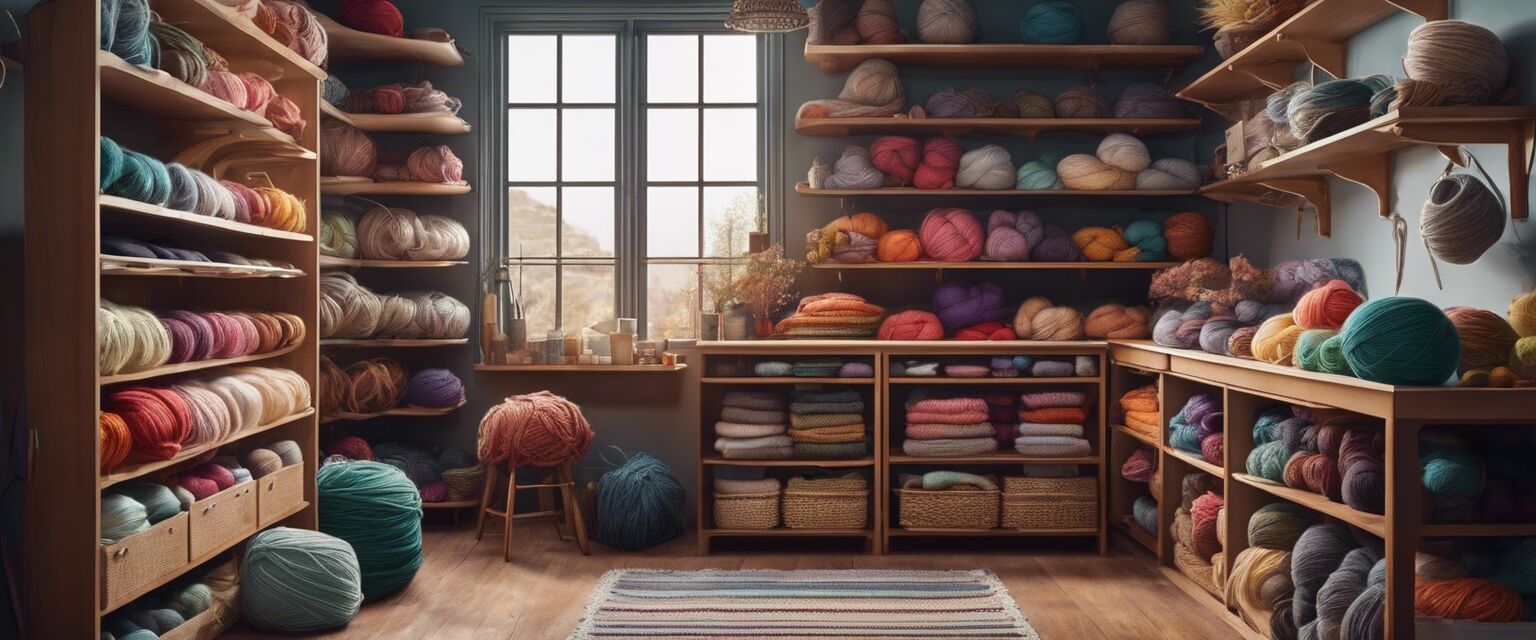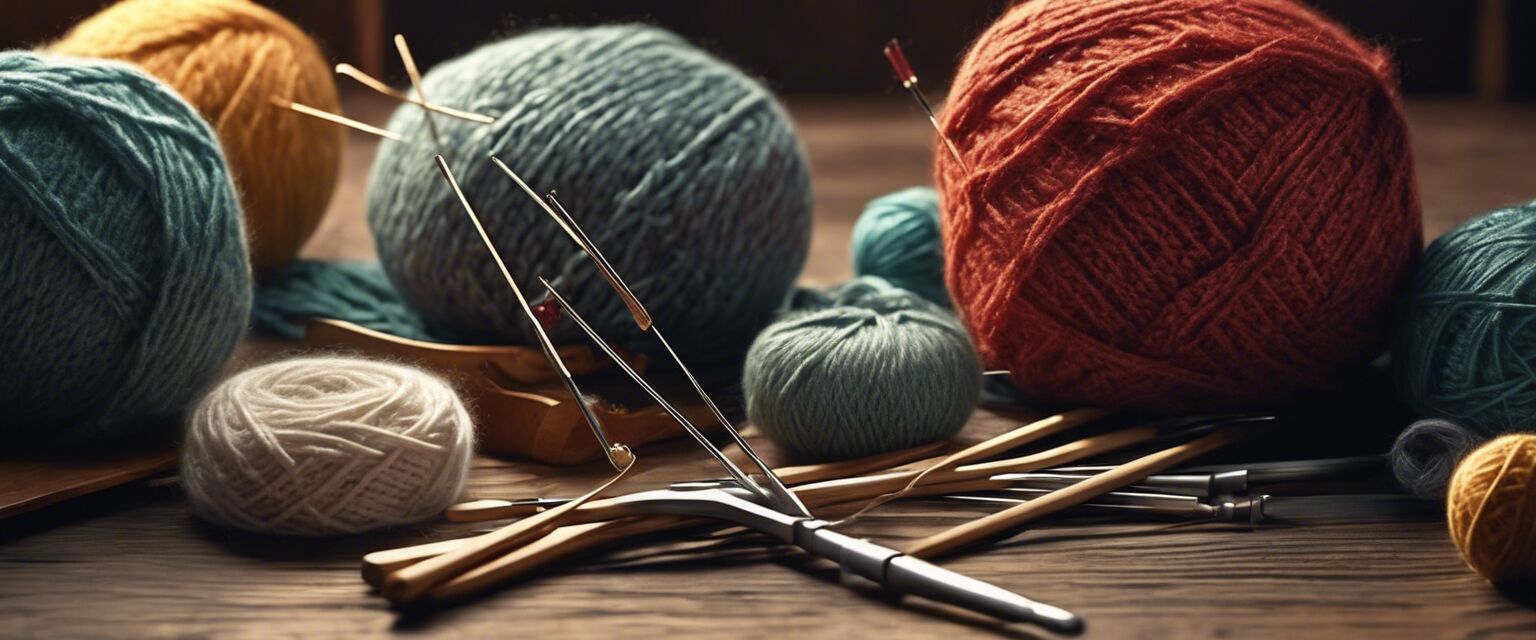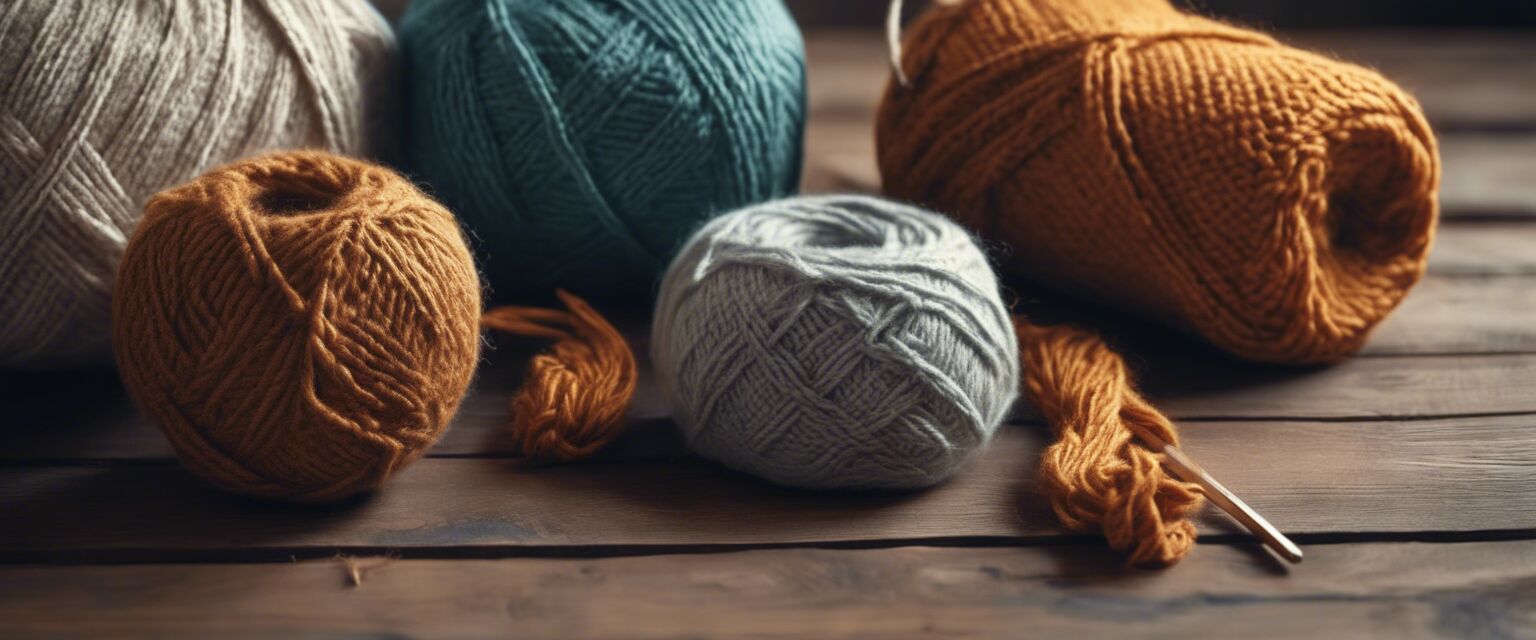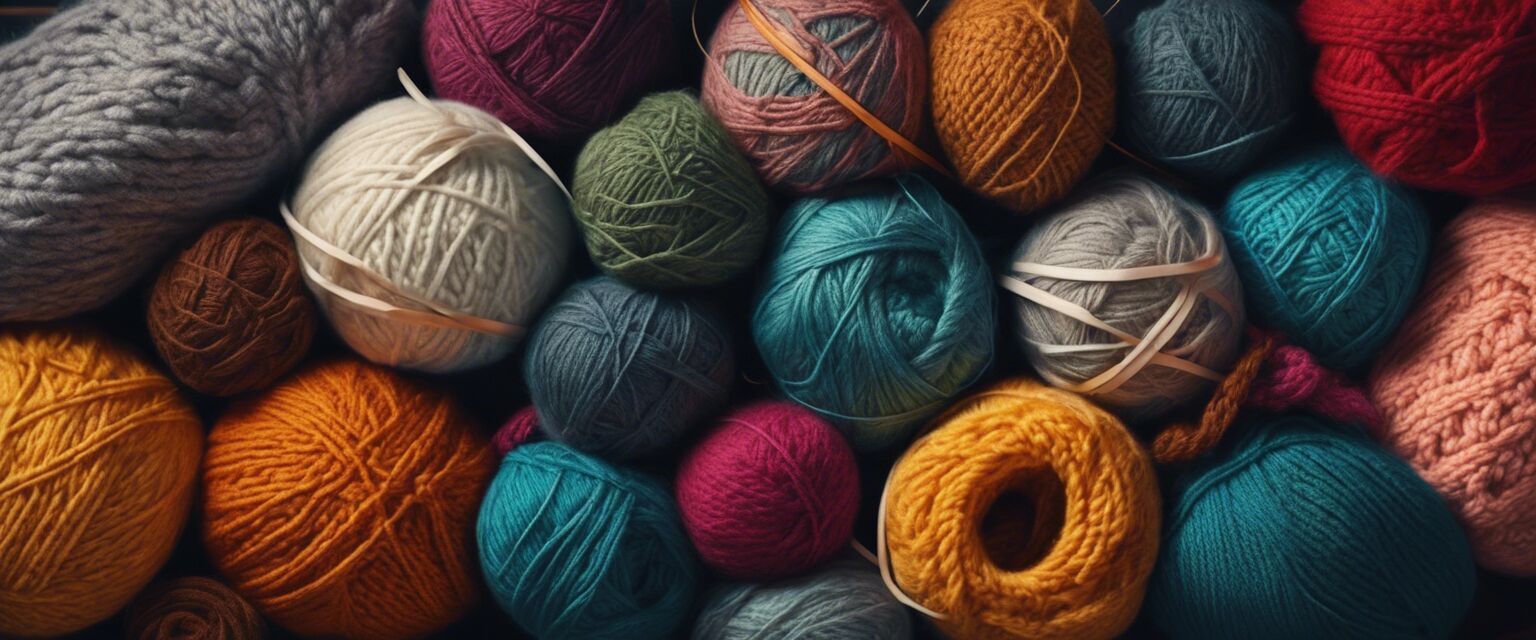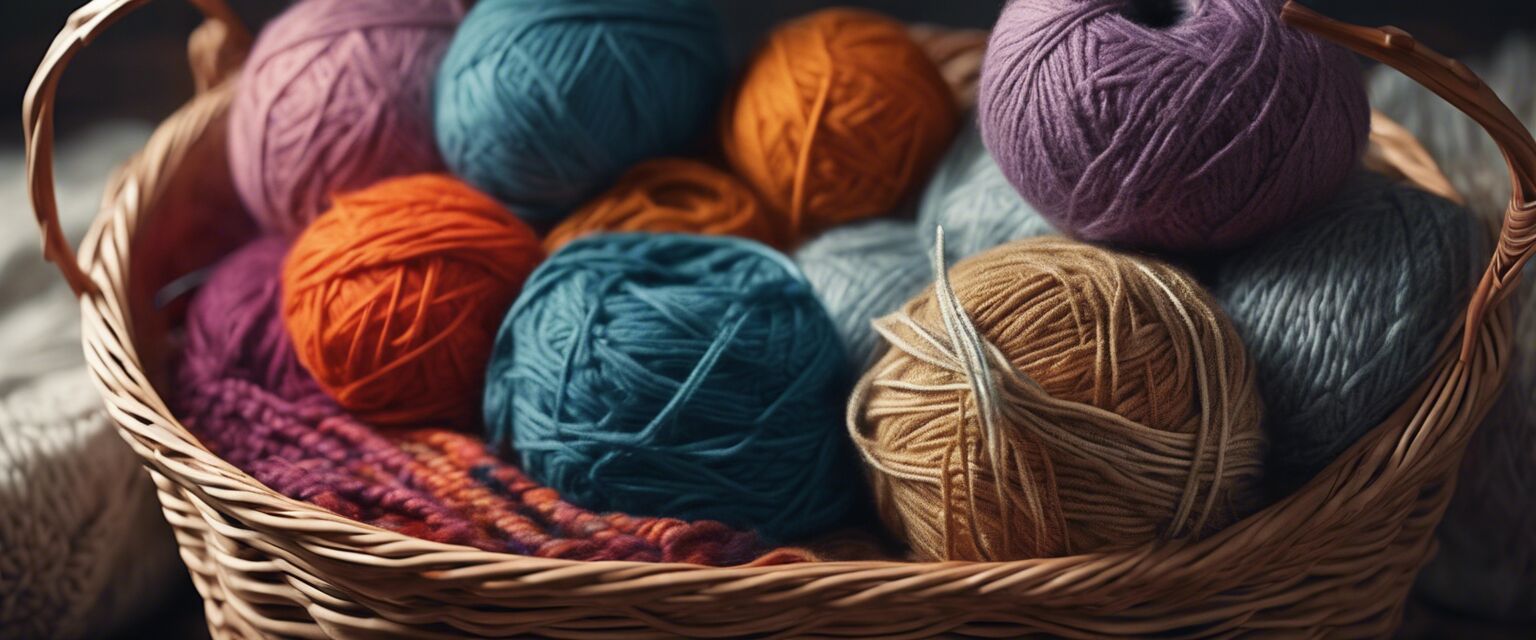
Knitting for Beginners
Knitting is a rewarding hobby that offers numerous benefits, including relaxation and creativity. For those starting out, the journey into the world of knitting can be both exciting and overwhelming. This step-by-step guide is designed to help beginners navigate the basics of knitting, from choosing the right materials to mastering essential techniques.
Key Takeaways
- Start with basic tools: needles, yarn, and patterns.
- Practice fundamental techniques like casting on, knitting, and purling.
- Explore various types of yarn and their applications in different projects.
- Experiment with patterns and guides available for beginners.
- Stay organized with proper storage solutions for your knitting supplies.
Getting started with knitting
Knitting is a craft that can be enjoyed by individuals of all ages. Here's how to start your knitting journey.
Essential tools you need
Before you dive into knitting, gather the necessary tools. Below is a list of essential items:
| Tool | Description |
|---|---|
| Knitting Needles | Used to create stitches and knit patterns. Available in various materials and sizes. |
| Yarn | The thread used for knitting; comes in many colors and textures. |
| Scissors | For cutting yarn at the end of your project. |
| Measuring Tape | To ensure your project meets desired dimensions. |
| Tapestry Needle | For weaving in ends and sewing pieces together. |
Choosing the right yarn
Different yarns can produce various results. Here's a quick comparison of popular types of yarn:
| Yarn Type | Texture | Ideal Projects |
|---|---|---|
| Cotton | Soft, breathable | Summer garments, dishcloths |
| Wool | Warm, elastic | Sweaters, hats |
| Acrylic | Durable, affordable | Scarves, blankets |
| Blend | Various qualities | Versatile, many projects |
Basic knitting techniques
Master these fundamental stitches to build your skills:
- Cast on: The initial step to create stitches on your needle.
- Knitting stitch: The basic stitch that forms the fabric.
- Purling stitch: Creates a different texture than the knit stitch.

Explore patterns and guides
Patterns provide a structured way to create specific items. Check out our resources:
Organizing your workspace
A well-organized workspace can enhance your knitting experience. Consider using:
- Storage Solutions to keep your yarn and tools tidy.
- Clear bins for easy visibility of supplies.
- A dedicated table space for knitting projects.

Tips for beginners
- Start with simple projects like scarves or dishcloths.
- Practice regularly to enhance your skill level.
- Join local knitting groups for support and friendship.
- Utilize online resources for tutorials and inspiration.
Pros and cons of knitting
Pros
- Therapeutic activity that can reduce stress.
- Endless creativity with various projects.
- Opportunity to create personalized gifts.
- Ability to connect with a community of fellow knitters.
Cons
- Initial costs for yarn and tools.
- Learning curve for new techniques.
- Possibility of frustration if projects don't turn out as planned.
Conclusion
Knitting is a fulfilling and enjoyable hobby that anyone can learn. By gathering the right tools, practicing essential techniques, and exploring creative projects, beginners can embark on a delightful journey. Whether you're knitting for yourself or creating handcrafted gifts for loved ones, each stitch brings joy and satisfaction. Happy knitting!


